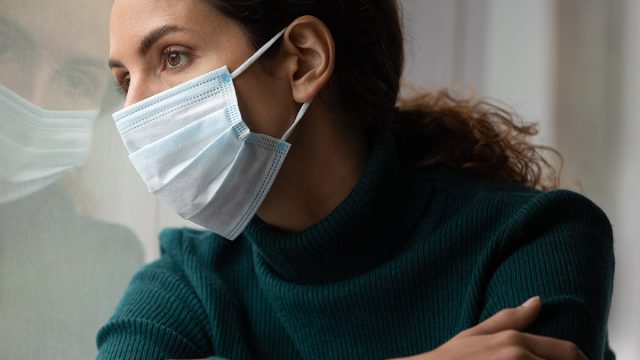
Many Americans are well past the point of COVID fatigue, but the virus isn’t going anywhere. Experts are struggling with how to present reality to a weary public: To protect your health and the health of those around you, it’s important to stay vigilant. And COVID continues to create news you need to know. Infectious disease expert Katelyn Jetelina assessed the current COVID-19 landscape and identified some worrying trends, including new subvariants. Read on to learn everything you need to know to stay safe.
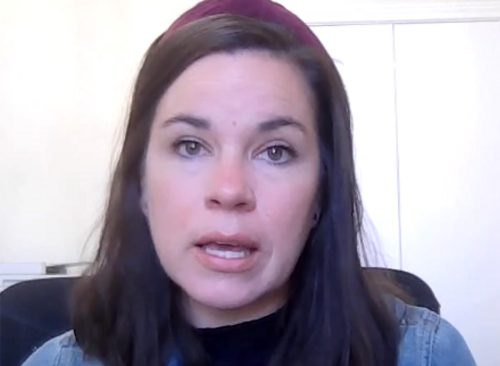
A new COVID variant experts have been watching with concern hasn’t caught fire, but it’s not going away. “BA.2.86—the highly mutated variant we detected a few weeks ago—is sticking around,” writes Jetelina in recent editions of her newsletter, Your Local Epidemiologist. “It’s now in 24 countries and showing a 30-45% growth advantage. This means it’s not fizzling out; it still has the potential for a wave but not a tsunami. It has already started to mutate, so it will be important to see what incremental changes it makes to increase its capability against our immunity.”

Experts are monitoring other new COVID subvariants closely to determine if their mutations make them more transmissible or cause more severe disease.”FLiP mutations—a group of subvariants that have a combination of new mutations called FLip because they involve two L to F amino acid mutations—is gaining ground,” said Jetelina.
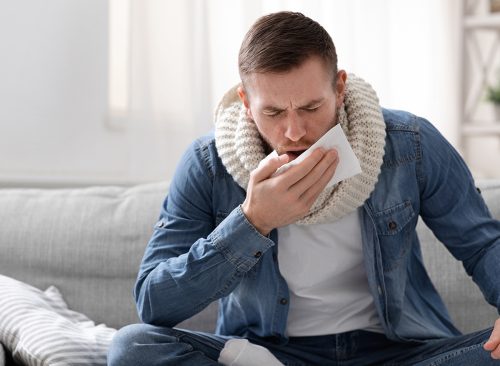
Although the number of reported flu cases is relatively low, “RSV is picking up,” Jetelina said. “National trends are being driven by one region—the South. This typically signals the beginning of RSV season, in which the virus will subsequently spread to the Northeast and West over the next two months.” Becoming infected with the respiratory virus is dangerous for people over 60; it can also weaken your immune system, making you more susceptible to catching COVID or being infected with both viruses at the same time.

According to a recent CDC report, 2 in 3 adults hospitalized for COVID are over the age of 65, 90% of those hospitalized had multiple health conditions, and 1 in 4 of those hospitalized are not up-to-date on the COVID-19 vaccine.
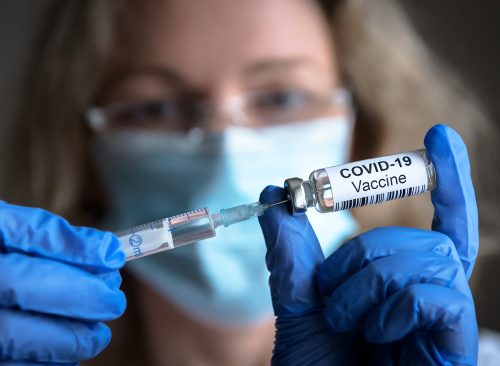
“How we fare in the upcoming season is strongly driven by vaccination uptake. The big question this year is whether COVID-19 coverage will match that of flu,” Jetelina said earlier this month. In her Oct. 24 newsletter, she provided the verdict: “Ten million Americans have gotten the fall 2023 COVID-19 vaccine. This amounts to ~3% of the eligible population (only 7% of nursing home residents). This is severely trailing typical flu vaccine coverage, just like last fall.”

Some possible reasons more people haven’t gotten the new vaccine: “We have been hammered to get COVID-19 vaccines for the past three years. People are just… tired… of hearing about it.” Additionally, COVID is no longer considered a public health emergency, so the federal government isn’t spending money on publicizing the new shots. Along with two other epidemiologists, Jetelina wrote in a new piece that more people could be encouraged to get vaccinated if campaigns borrowed tactics from the highly successful organ donation movement: Providing information, inspiration, and easy activation.
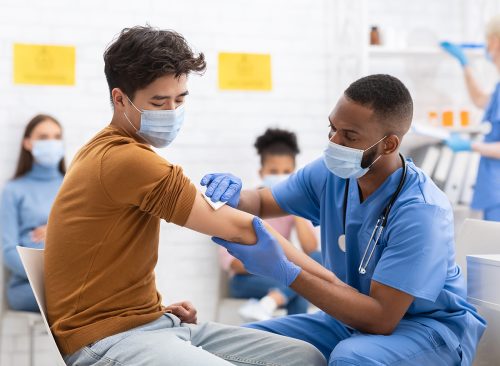
Another reason why COVID hasn’t become just another flu: “COVID-19 circulates year-round, while flu circulates seasonally,” said Jetelina. It also means that about 15% of the population was infected with COVID this summer and should wait until natural immunity declines (about two to three months) before receiving the new vaccine.














